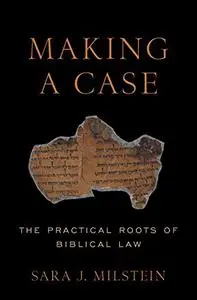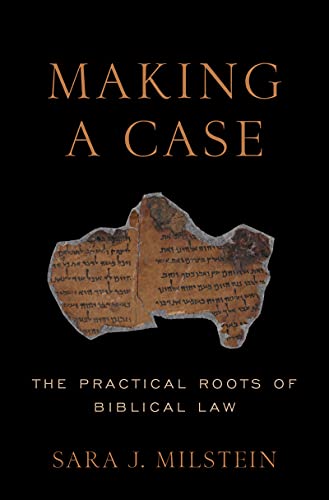Making a Case: The Practical Roots of Biblical Law by Sara J. Milstein
English | September 1, 2021 | ISBN: 0190911808 | True EPUB/PDF | 216 pages | 11.9/14.9 MB
English | September 1, 2021 | ISBN: 0190911808 | True EPUB/PDF | 216 pages | 11.9/14.9 MB
Outside of the Bible, all of the known Near Eastern law collections were produced in the third to second millennia BCE, in cuneiform on clay tablets, and in major cities in Mesopotamia and in the Hittite Empire. None of the major sites in Syria that have yielded cuneiform tablets has borne even a fragment of a law collection, even though several have avxhm.se produced ample legal documentation. Excavations at Nuzi have also turned up numerous legal documents, but again, no law collection. Even Egypt has not yielded a collection of laws. As such, the biblical texts that scholars regularly identify as law collections represent the only "western," non-cuneiform expressions of the genre in the ancient Near East, produced by societies not known for their political clout, and separated in time from "other" collections by centuries.
Making a Case: The Practical Roots of Biblical Law challenges the long-held notion that Israelite and Judahite scribes either made use of "old" law collections or set out to produce law collections in the Near Eastern sense of the genre. Instead, what we call "biblical law" is closer in form and function to another, oft-neglected Mesopotamian genre: legal-pedagogical texts. During their education, Mesopotamian scribes studied a variety of legal-oriented school texts, including sample contracts, fictional cases, short sequences of laws, and legal phrasebooks. When biblical law is viewed in the context of these legal-pedagogical texts from Mesopotamia, its practical roots in a set of comparable legal exercises begin to emerge.



